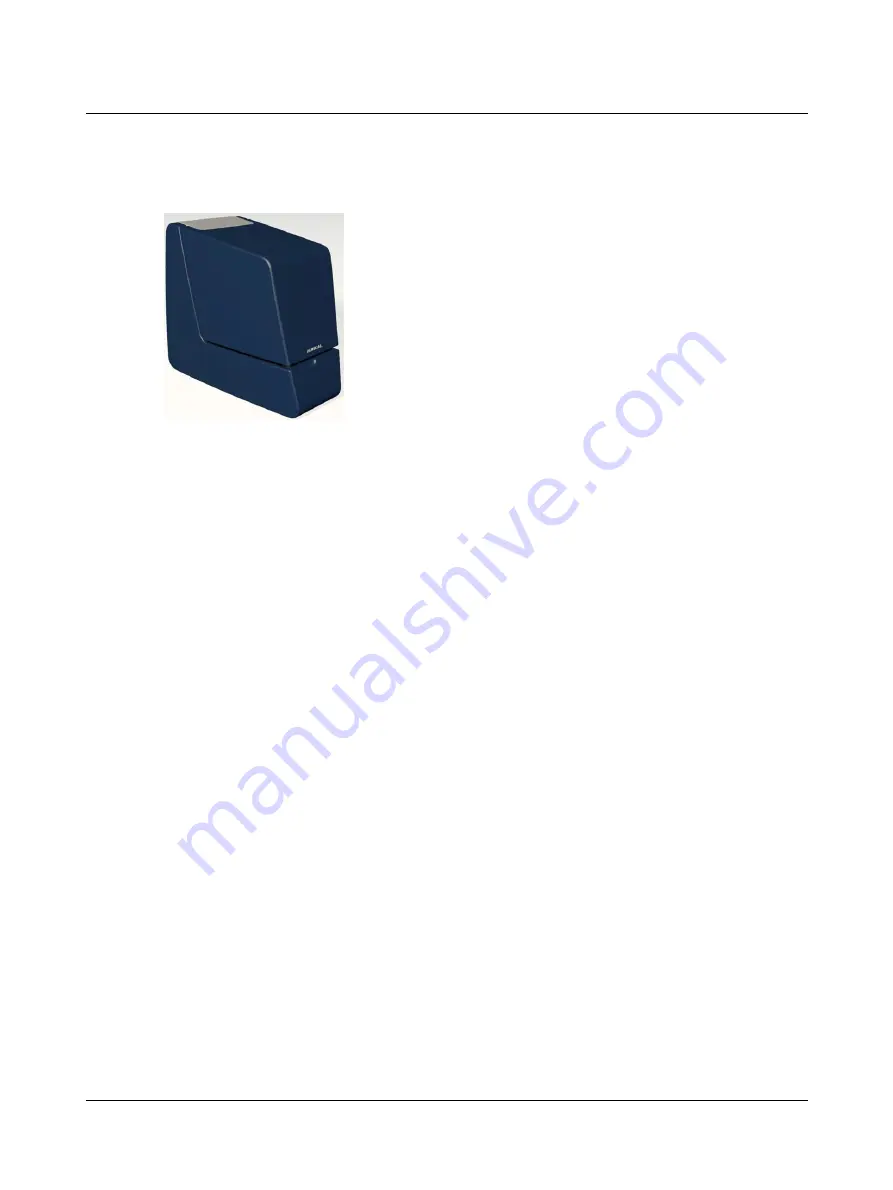
1
Introduction
AURICAL HIT is designed for Hearing Instrument Testing and Coupler-Based Fitting.
AURICAL HIT connects via USB to a computer running the OTOsuite software.
•
With the OTOsuite HIT Module you can perform traditional hearing instru-
ment testing according to either the ANSI or IEC test protocols, and obtain a
consistent picture of every hearing instrument, regardless of manufacturer or
type.
•
With the OTOsuite PMM Module you can perform Probe Microphone Meas-
urements in a coupler for pre-programming and pre-fitting hearing instruments
without the client being present.
Hearing instruments
It is easy to position hearing instruments on snap-on couplers inside the AURICAL HIT test chamber and it is easy to access
the hearing instruments in the test chamber during test without disturbing the test setup.
The battery pill types are recognized automatically, and the reference microphone ensures reliable positioning in the test
chamber.
Directionality
The Directionality feature provides for fast measurement of directionality and quality check of the hearing instruments.
RECD
Real ear response can be recorded without having AURICAL HIT at hand, and coupler-based fitting can be performed by
itself without using AURICAL FreeFit.
Coupler-based fitting using RECD is a "coupler" mode as part of the PMM functionality for providing simple hearing instru-
ment fitting. Coupler-based fitting is described in the AURICAL FreeFit and the Probe Microphone Measurements User
Manual.
AURICAL HIT supports stored coupler values which drastically reduces the need for measuring coupler responses.
NOAH integration
AURICAL HIT can operate either as a stand-alone system, or under the NOAH software, which was developed by HIMSA as a
common software platform for programming and fitting hearing instruments. NOAH integrates client records, audiological
data and the dedicated fitting modules from various hearing instrument manufacturers.
1.1
Intended Use
AURICAL HIT is intended for testing purposes by audiologists, hearing instrument dispensers, and other health care pro-
fessionals in testing programmable hearing instruments.
Required qualifications
It is assumed that the user has a basic knowledge of how to compare the results of the hearing instrument tests with the
specifications from the hearing instrument manufacturer and to detect typical malfunctions of the hearing instrument.
Otometrics - AURICAL HIT
5






































